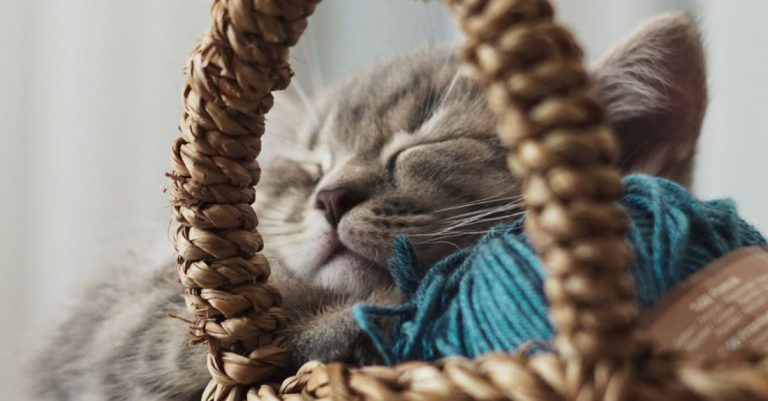
Having a pet is a wonderful experience that brings joy and companionship to our lives. However, along with the love and happiness they bring, pets can also exhibit destructive behaviors that can be frustrating and challenging for pet owners to manage. From chewing on furniture to scratching up walls, dealing with a pet’s destructive behavior requires patience, consistency, and understanding.
Understanding the Root Cause
Before addressing your pet’s destructive behavior, it is crucial to understand the underlying reasons behind it. Pets may exhibit destructive behavior due to various factors such as boredom, anxiety, lack of exercise, or seeking attention. Identifying the root cause of the behavior is essential in developing an effective management strategy.
Providing Adequate Mental and Physical Stimulation
One of the most common reasons for destructive behavior in pets is boredom. Just like humans, pets need mental and physical stimulation to keep them engaged and prevent them from becoming destructive. Providing interactive toys, puzzle feeders, and regular exercise can help channel your pet’s energy in a positive way and reduce destructive tendencies.
Establishing a Routine
Pets thrive on routine and structure. Establishing a consistent daily routine for your pet can help minimize their stress and anxiety, which are common triggers for destructive behavior. Set specific times for feeding, playtime, walks, and training sessions to create a sense of predictability for your pet.
Creating a Safe Environment
To prevent your pet from engaging in destructive behavior, it is essential to create a safe environment for them. Remove any items that your pet may be tempted to chew or scratch, such as shoes, cords, or household plants. Use pet-proofing tools like bitter sprays or deterrents to discourage unwanted behavior.
Positive Reinforcement Training
Positive reinforcement training is a highly effective method for managing a pet’s destructive behavior. Rewarding your pet for good behavior with treats, praise, or playtime can help reinforce positive habits and encourage them to repeat wanted behaviors. Avoid using punishment or negative reinforcement, as it can lead to increased anxiety and worsen the destructive behavior.
Seeking Professional Help
If your pet’s destructive behavior persists despite your best efforts, seeking help from a professional trainer or behaviorist may be necessary. A professional can help identify the underlying cause of the behavior and provide tailored strategies to address it effectively. They can also offer guidance on behavior modification techniques and training methods to manage your pet’s destructive tendencies.
Conclusion: Managing Your Pet’s Destructive Behavior
Managing a pet’s destructive behavior requires patience, consistency, and understanding. By identifying the root cause of the behavior, providing adequate mental and physical stimulation, establishing a routine, creating a safe environment, using positive reinforcement training, and seeking professional help when needed, you can effectively manage and reduce your pet’s destructive tendencies. Remember, every pet is unique, and what works for one may not work for another. Tailor your approach to suit your pet’s individual needs and personality to foster a harmonious relationship built on trust and understanding.





